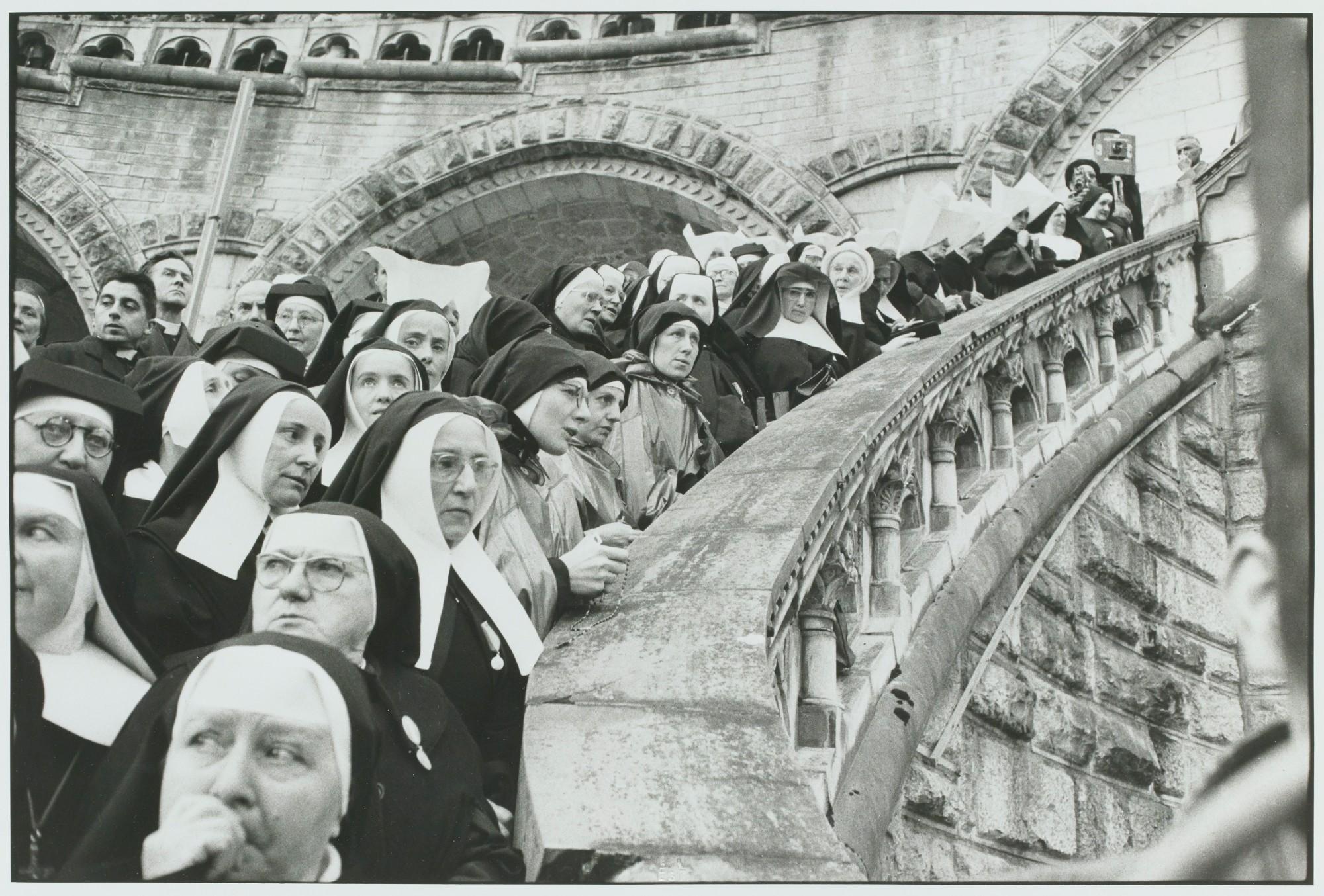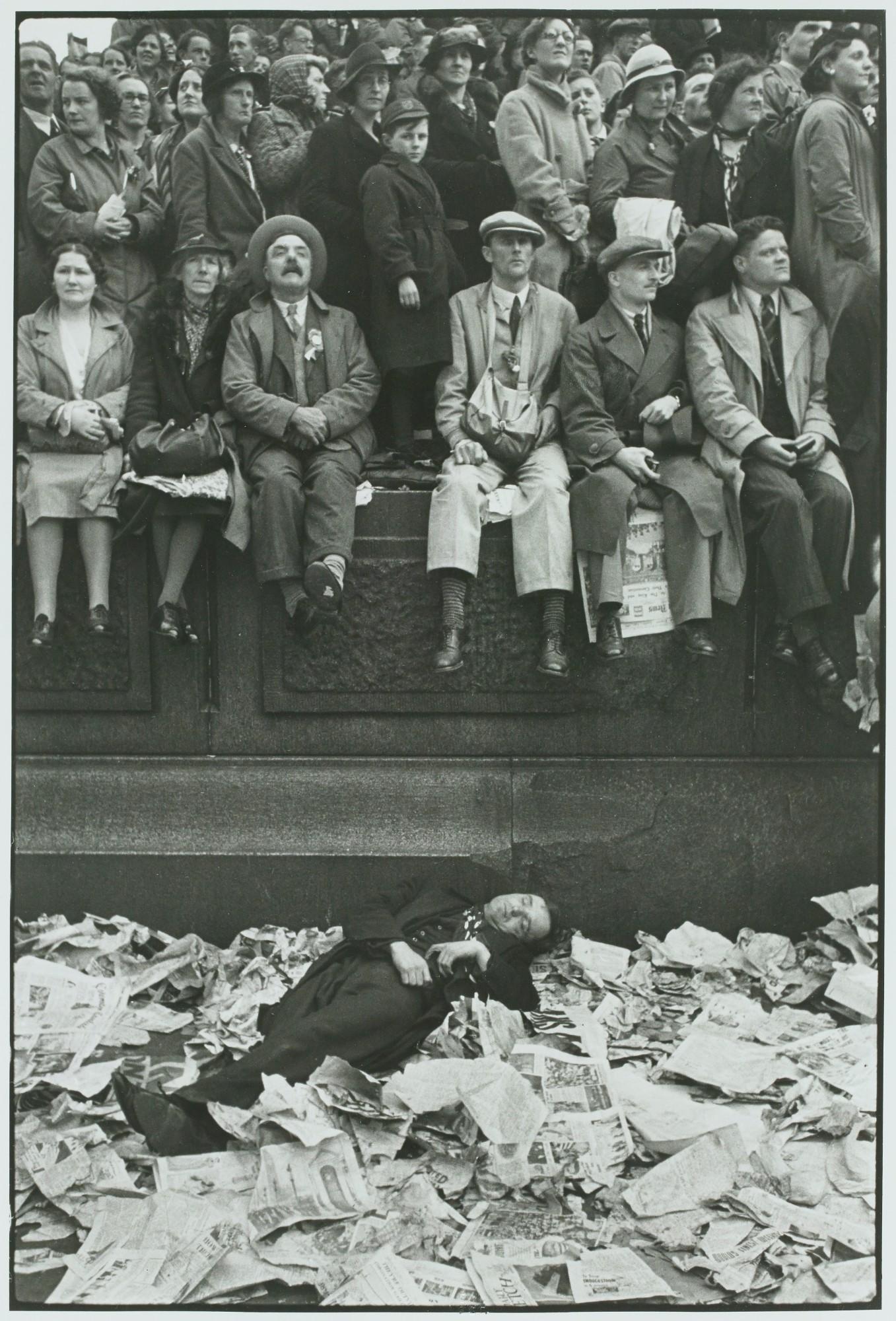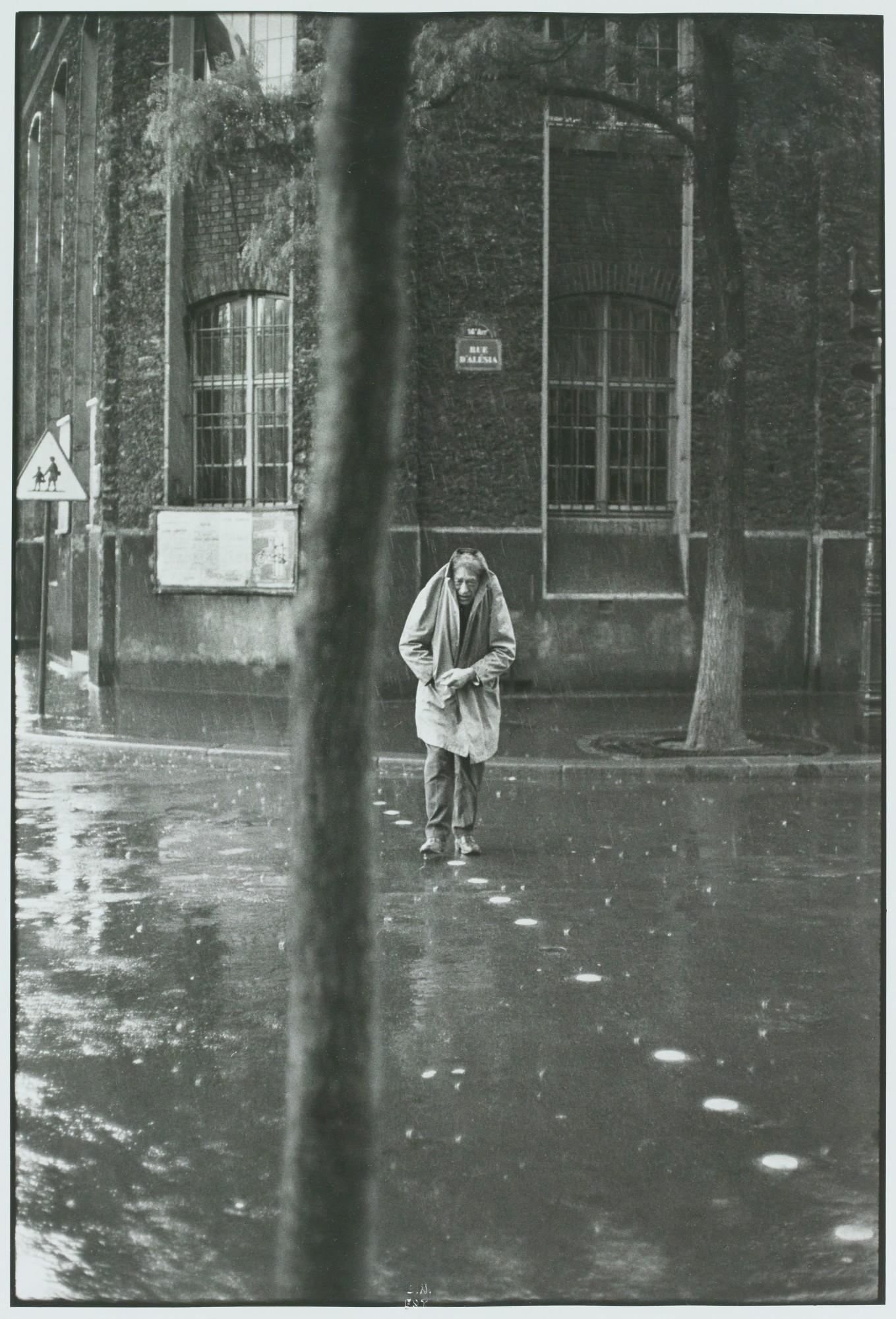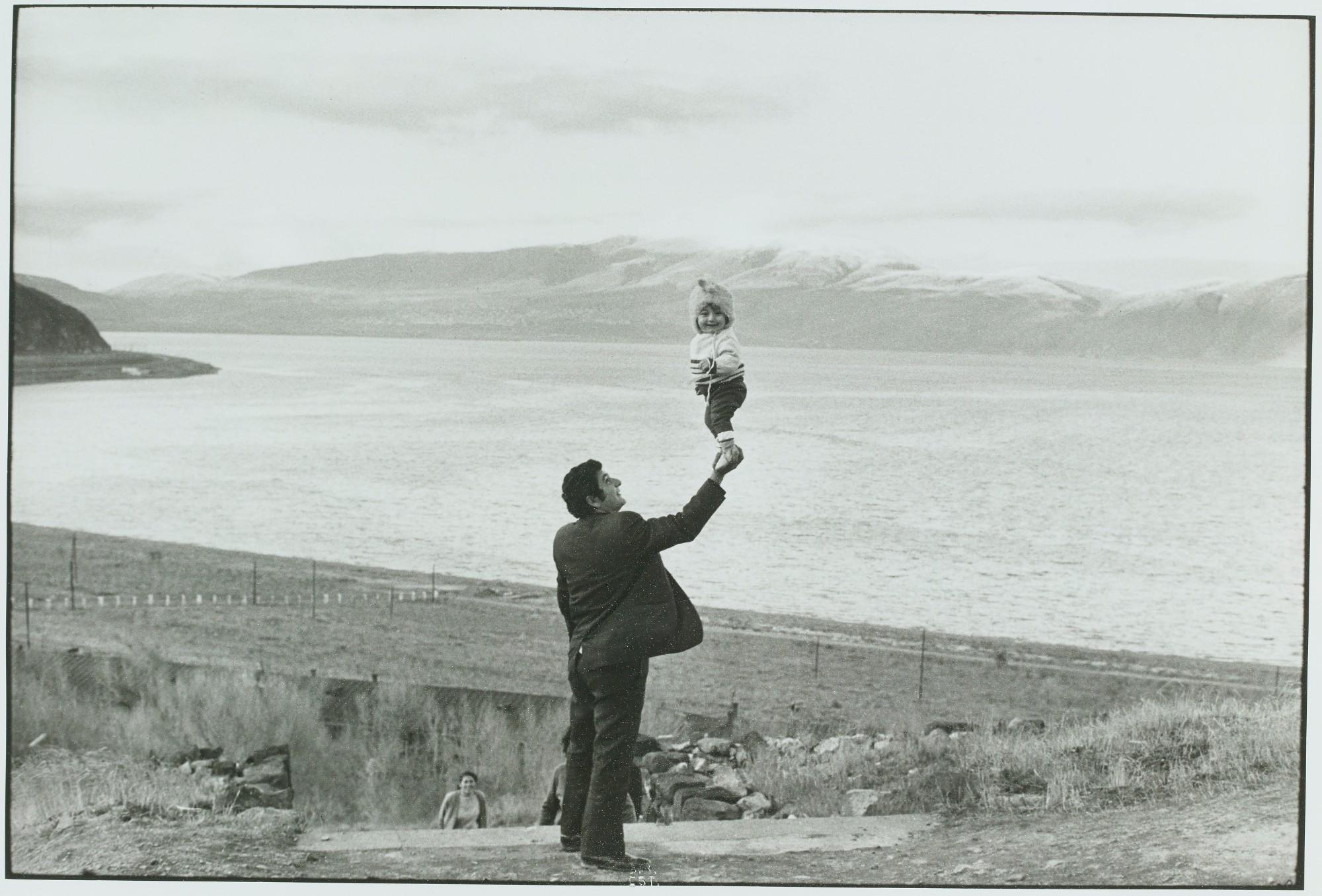The Master Collection was born out of the request from the art collectors Dominique and John de Menil who asked Cartier-Bresson to choose the best images from his contact sheets. The Collection was then was developed by Georges Fèvre at the Pictorial photo lab in Paris and presented for the first time in 1974 at the Rice Museum in Houston. Only six sets of the Master Collection were printed and are now hosted at the University of Fine Art in Osaka, the Biliothèque National de France, the Menil Collection in Houston, the Victoria & Albert Museum in London, the Pinault Collection, and at the Fondation Henri Cartier-Bresson.
For Le Grand Jeu (The Great Game), Pinault, Leibovitz, Cercas, Wenders, and Aubenas chose fifty photographs without consulting each other and were given the freedom to create their own personal exhibition. The result is a unique retrospective of the works of Henri Cartier-Bresson from five different perspectives. Matthieu Humery, the general curator of the exhibition, remarked how “As the curators were all free to choose, we had absolutely no idea which direction they would take. Brilliantly, this Grand Jeu reveals five personal and critical accounts, each with its own clearly recognizable signature.”






























